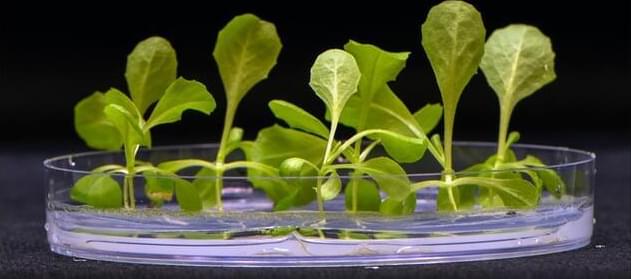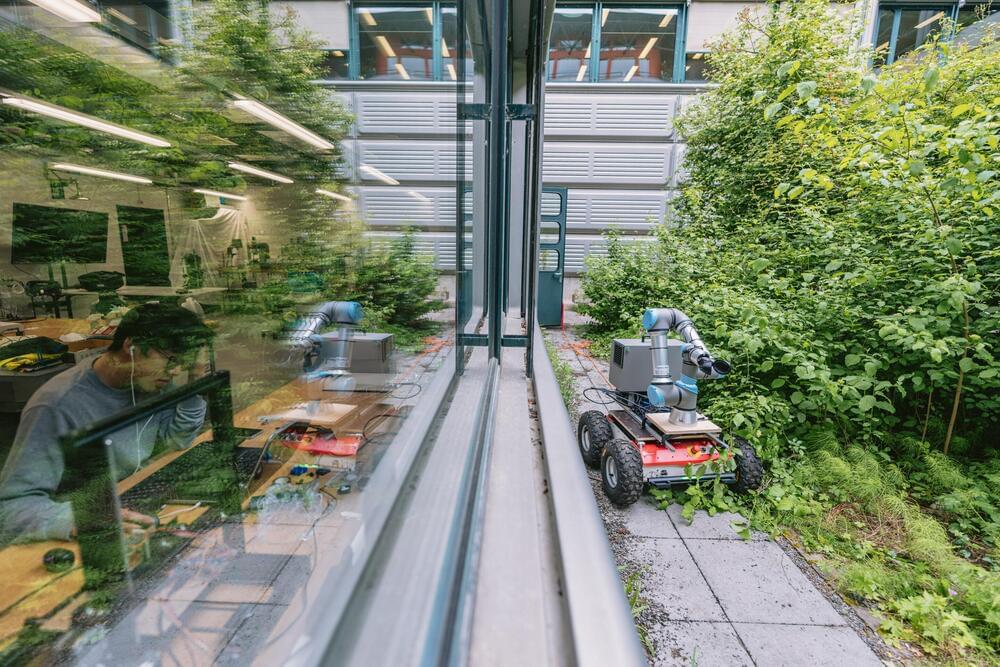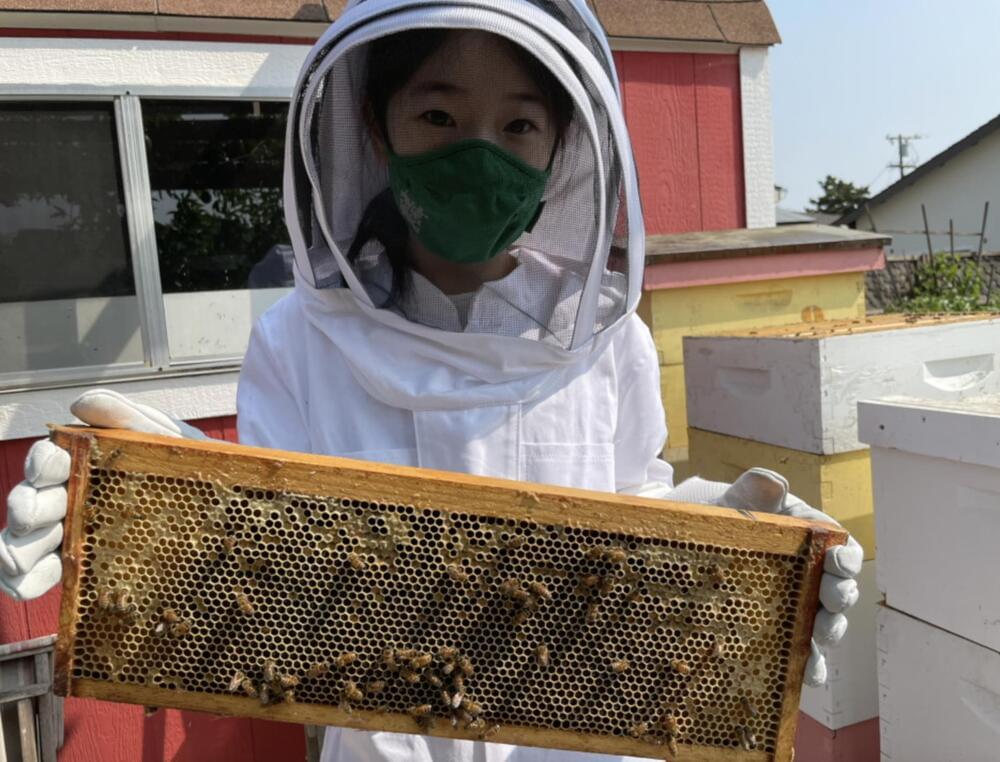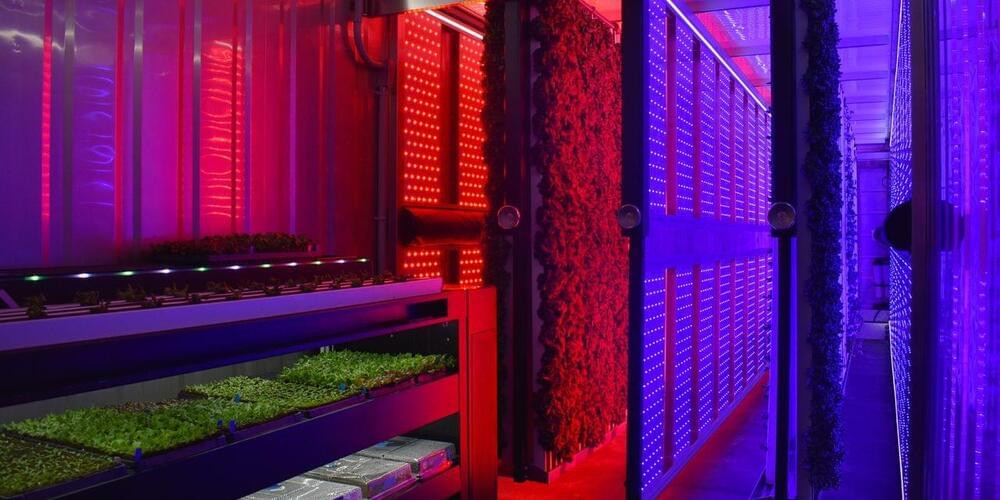Plants modified to grow in the dark could also provide fresh produce in extreme environments on Earth.



A common nutrient found in everyday foods might be the key to a long and healthy life, according to researchers from Columbia University.
The nutrient in question is taurine, a naturally occurring amino acid with a range of essential roles around the body.
Not only does the concentration of this nutrient in our bodies decrease as we age, but supplementation can increase lifespan by up to 12 percent in different species.
Eating nutritious food has been shown time and time again to help improve metabolic health and delay aging. But what the appropriate quantities of these dietary macronutrients are has received somewhat varying results.
To investigate what they might be researchers from Waseda University fed isocaloric diets with varying amounts of protein to mice, and their findings are published in GeroScience. According to the researchers, the animals were found to be metabolically healthier when they were fed moderate protein diets, and these findings could provide insight into developing nutritional interventions as well as to improving metabolic health in people.
The types of food that we eat influence our health and longevity from the time we are born all the way through our time on this planet. There is a direct association between age-related nutritional requirements and metabolic health, and maintaining optimal nutrition according to age can help maintain metabolic health improving both healthspan and lifespan.

Poems, essays and even books—is there anything the open AI platform ChatGPT can’t handle? These new AI developments have inspired researchers at TU Delft and the Swiss technical university EPFL to dig a little deeper: For instance, can ChatGPT also design a robot? And is this a good thing for the design process, or are there risks? The researchers published their findings in Nature Machine Intelligence.
What are the greatest future challenges for humanity? This was the first question that Cosimo Della Santina, assistant professor, and Ph.D. student Francesco Stella, both from TU Delft, and Josie Hughes from EPFL, asked ChatGPT.
“We wanted ChatGPT to design not just a robot, but one that is actually useful,” says Della Santina. In the end, they chose food supply as their challenge, and as they chatted with ChatGPT, they came up with the idea of creating a tomato-harvesting robot.
The 2020 Nobel Prize for Chemistry was awarded to Dr. Jennifer Doudna and Dr. Emmanuelle Charpentier for their work on the gene editing technique known as CRISPR-Cas9. This gives us the ability to change the DNA of any living thing, from plants and animals to humans.
The applications are enormous, from improving farming to curing diseases. A decade or so from now, CRISPR will no doubt be taught in High Schools, and be a basic building block of medicine and agriculture. It is going to change everything.
There are ethical and moral concerns, of course, and we will need regulations to ensure this powerful technology is not abused. But we should focus on the remarkable opportunities CRISPR has opened up for us.

While there are many things that negatively affect bees, Hu says exposure to pesticides prevents them from feeding and sustaining the colony.
“The pesticides may prevent the bees from being able to do the daily functions of the hive,” Hu said. “So, for example, they might get lost on their way to finding food, or they might not be able to remember where the sites that they found food were and not be able to communicate to the other bees where the food was.”
At 11 years old, Hu found that tea polyphenols and caffeine could repair the honeybee’s learning and memory. Polyphenols are compounds that stimulate the brain. Hu is now 13 years old.
Researchers have trained a robotic ‘chef’ to watch and learn from cooking videos, and recreate the dish itself.
The researchers, from the University of Cambridge, programmed their robotic chef with a cookbook of eight simple salad recipes. After watching a video of a human demonstrating one of the recipes, the robot was able to identify which recipe was being prepared and make it.
In addition, the videos helped the robot incrementally add to its cookbook. At the end of the experiment, the robot came up with a ninth recipe on its own. Their results, reported in the journal IEEE Access, demonstrate how video content can be a valuable and rich source of data for automated food production, and could enable easier and cheaper deployment of robot chefs.
See the shocking reasons why near-space balloons are a perfect platform for a cheap effective hard to detect, hard to defeat asymmetric warfare means to deliver a stunning devastating EMP attack on the US mainland.
Inspire your kids to love science!
SAVE 20% OFF New Science Kits Using Code: NEWKITSSAVE20 At Steve Spangler Science dot com! Great Educational Products For Kids! SHOP NOW! https://www.pntra.com/t/SENKTExNSUhDR05OSUxJQ0dPRkxGRw.
Save 1% on GoldBacks from Green Greg’s affiliate link (Use coupon code GreenGregs):
For gardening in your Lunar or Mars habitat GalacticGregs has teamed up with True Leaf Market to bring you a great selection of seed for your planting. Check it out: http://www.pntrac.com/t/TUJGRklGSkJGTU1IS0hCRkpIRk1K
Awesome deals for long term food supplies for those long missions to deep space (or prepping in case your spaceship crashes: See the Special Deals at My Patriot Supply: www.PrepWithGreg.com.
For that off-grid asteroid homestead stock up with Lemans before you blast off:

Just about anywhere you look, there are birds. Penguins live in Antarctica, ptarmigan in the Arctic Circle. Rüppell’s vultures soar higher than Mt. Everest. Emperor penguins dive deeper than 1,800 feet. There are birds on mountains, birds in cities, birds in deserts, birds in oceans, birds on farm fields, and birds in parking lots.
Given their ubiquity—and the enjoyment many people get from seeing and cataloging them—birds offer something that sets them apart from other creatures: an abundance of data. Birds are active year-round, they come in many shapes and colors, and they are relatively simple to identify and appealing to observe. Every year around the world, amateur birdwatchers record millions of sightings in databases that are available for analysis.
All that monitoring has revealed some sobering trends. Over the last 50 years, North America has lost a third of its birds, studies suggest, and most bird species are in decline. Because birds are indicators of environmental integrity and of how other, less scrutinized species are doing, data like these should be a call to action, says Peter Marra, a conservation biologist and dean of Georgetown University’s Earth Commons Institute. “If our birds are disappearing, then we’re cutting the legs off beneath us,” he says. “We’re destroying the environment that we depend on.”